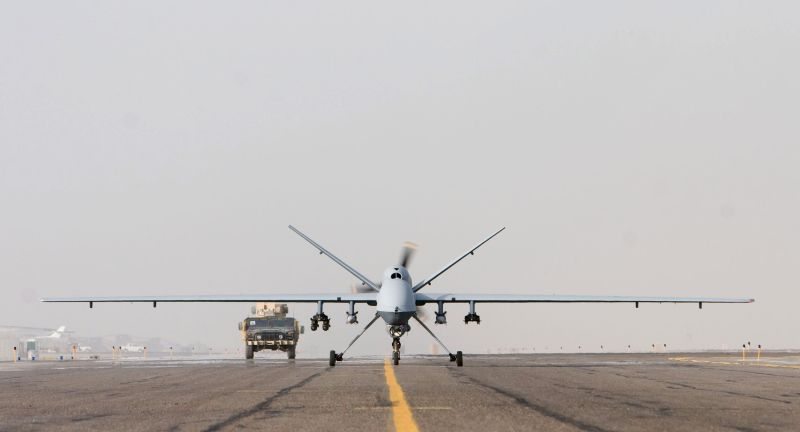Today’s new technologies, including the development of precision-guided weaponry, have given rise to new methods of war fighting, thus bringing dramatic change to the operational battlefield.
As will other decision makers, Members of Congress will confront significant challenges in making their choices about how to adapt to the continually evolving environment, particularly with respect to what are called “precision strike” capabilities.
The United States took the early lead in the development of precision strike and has enjoyed a monopoly on these systems for over 20 years. However, many experts agree that the U.S.advantage is eroding as these systems spread. A demonstration of this proliferation occurred in2006, when Hezbollah successfully used a Chinese-designed C-802 Anti-Ship Cruise Missile(ASCM) against an Israeli corvette off the coast of Lebanon. This event demonstrated a non-state terrorist organization’s successful use of precision strike technology. In addition, access to the global commons is fundamental to global commerce and security—the proliferation of technology could threaten U.S. unfettered access.
Effective use of precision strike weapons goes beyond that of the weapon itself. The weapon is one part of a much greater, elaborate system of capabilities the actor must either possess or to which it must have access. Command, Control, Communications, Computers, Intelligence,Surveillance and Reconnaissance (C4ISR), in particular, plays a critical role in precision strike.
Many experts believe the proliferation of precision strike has already begun and will continue to accelerate as more and more countries continue to develop and purchase precision strike weaponry. Three such countries include China, Iran, and Russia. China’s recent military build up and its strategy with an apparent focus on anti-access/area denial capabilities entails a number of precision strike weapon systems to include the DF-21D anti-ship ballistic missile, which some defense analysts have labeled a “game changer.”
Iran, although at a much smaller and less elaborate scale, has also entered the precision-guided munitions regime with an outward belligerence toward closing the economically vital Strait of Hormuz, where 40% of the world’s oil passes daily.
Russia continues to supply arms to the international community and is focusing on developing its own fifth generation fighter comparable to the U.S. F-22 Raptor. Finally, a Russian defense company is currently marketing a new cruise missile system that can be hidden inside a standard shipping container. The housing of the system blends in with the hundreds of thousands of shipping containers used every day in carrying the world’s commerce. Some defense experts have expressed fear that a weapon with such camouflage capability could give any merchant vessel the capability to wipe out an aircraft carrier.
The proliferation of precision strike creates potential issues for Congress. These issues include whether the Department of Defense (DOD) is properly taking adversary precision strike weapons into account in its own plans and programs, and whether Congress should approve, reject, or modify proposed DOD programs for responding to those weapons.
[Download not found]










